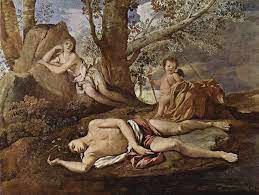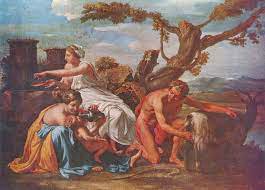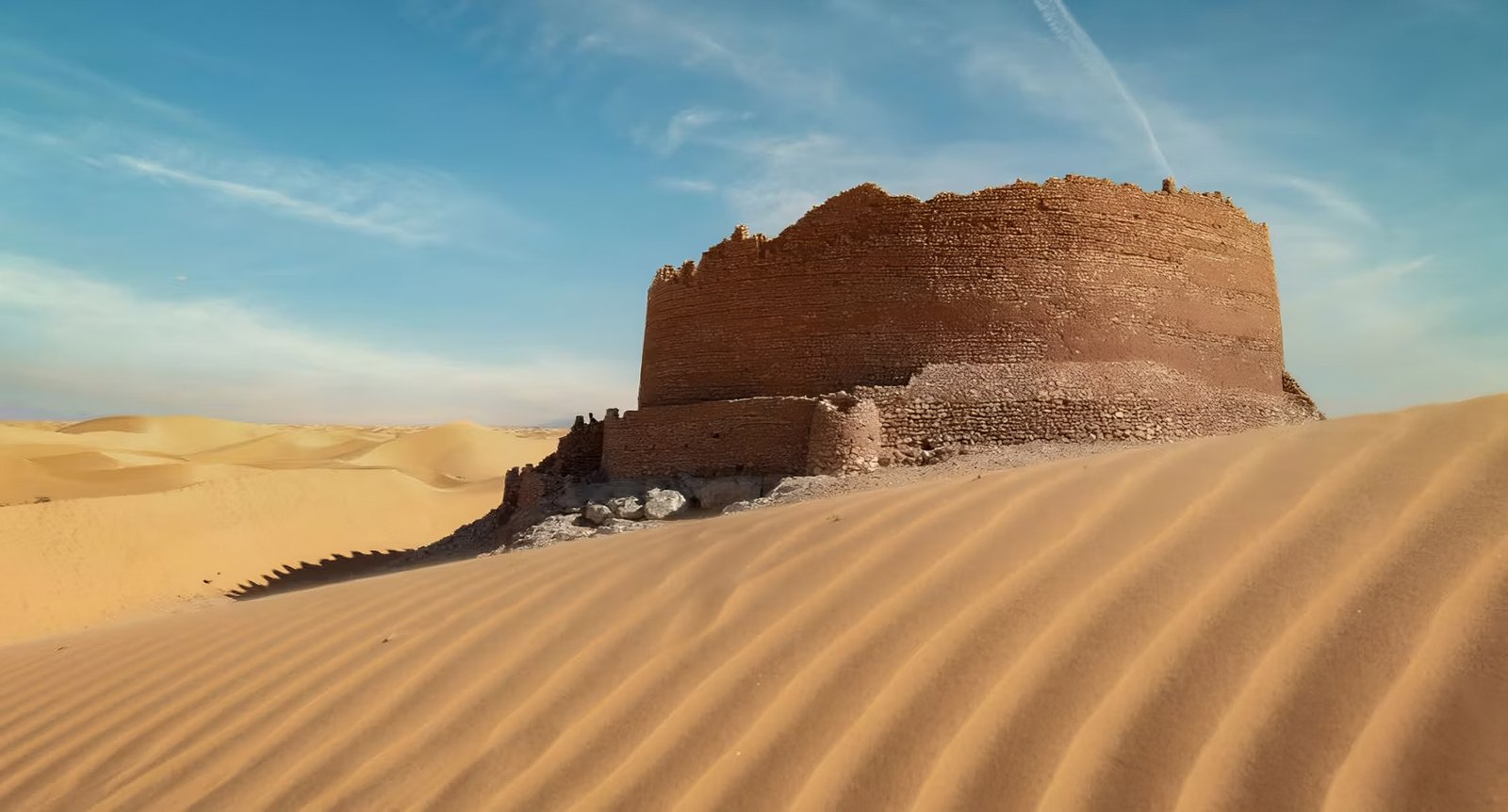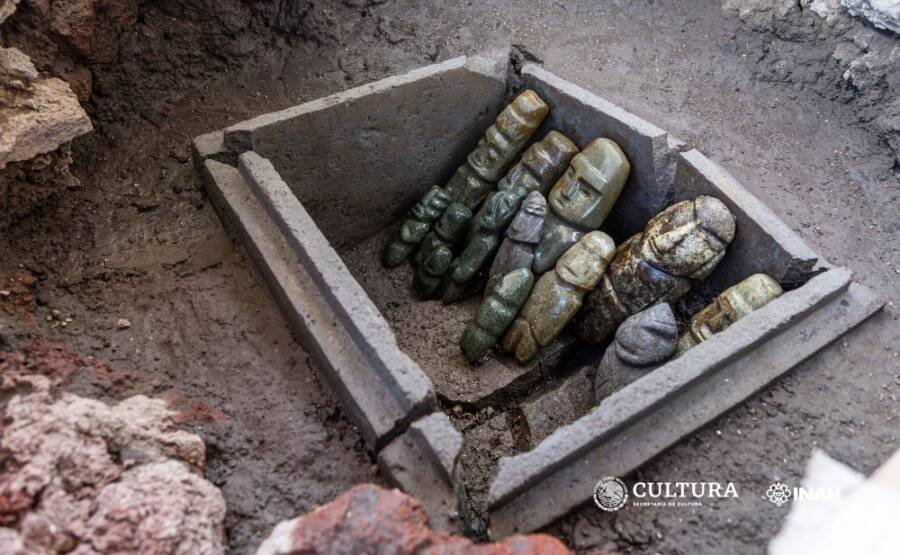Introduction – The Echo of Weepers
There are numerous memorable characters in the Greek mythology tapestry. The Weepers, these most sorrowful are also unique. They have not changed and still touch people nowadays.
Weepers through history
Brief recall of Weepers in Greek mythology:
Weepers, otherwise called naiads or nymphs, were female figures who could be associated with a particular location or place like a spring, a river or a mountain. They were portrayed as crying figurines who never stopped crying. It was believed that their tears held magical properties.
Teasing the impact of these mythical beings on the contemporary world:
The Weepers might have existed in antiquity but that does not mean they cannot be relevant today. It is still present in various forms: in art, literature and psychology. While these creatures may highlight the qualities of human condition and its timeless themes like death, loss, and eternity.

Rediscovering Weepers – The Echo of Weepers
However, to fully grasp the real muscle that Weepers hold, one has to go beyond their mere description in this paragraph. To understand this mystery, we ought to look back again into what is known concerning these creatures and how these features are related to the Greek stories.
The Key Trait of weepers – The Echo of Weepers
Defining characteristics that define Weepers:
A Weeper has tears that never seem to cease. Their tears are not mere signs of sorrow but are believed to be magical. Such floods could be caused by such rivers, which could also form new springs and even affect the fertility of the land. However, Weepers at times were depicted as beautiful and alluring adding to the complexity of their sorrowful existence.
Relevance of Weepers in ancient Greek narratives:
Weepers were a part of Greek mythology and were created for specific reasons. On several occasions, they protected nature itself, allowing their own growth and health. This also provoked people to remember that life was transient and that it had an end called death. Some stories also linked weepers to a prophetic power, which guided and advised individuals who came seeking counsel.
Further Exploration – The Echo of Weepers
We therefore need to study the many representations of Weepers in arts and literatures to know more about Weepers. This article will expose the eternal presence of these mythical creatures in our modern day existence.

Weepers in the Modern Imagination – The Echo of Weepers
Pop Culture Representations
Beyond the boundaries of ancient mythology lies the powerful impact of Weepers which is manifested in the contemporary world. The enchanting image still reverberates among artists, filmmakers, and writers, generating an array of engaging re-interpretations.
Weepers in literature, movies, and television:
• Literature: Contemporarily, writers find inspiration in the mournful beauty of the Weepers and their deep connection with nature. Elements of Weepers infiltrate the works of authors like Margaret Atwood and Toni Morrison that deal with themes of grief, loss and strength of the human soul.
• Movies: Filmmakers have been attracted by the relationship between the Weepers and water, the supernatural. The Pale Man stands as symbol for the terrors of crier-monsters in folklores in Guillermo del Toro’s “Pan’s Labyrinth.”
• Television: Weepers are featured in shows such as “American Gods” and “Supernatural” which incorporates them into their mythology, portraying them as potent beings associated with nature. Such modern interpretations present a fresh perspective on the Weepers, portraying them and their endurance in the twenty-first century narratives.
Contemporary adaptations and reinterpretations:
The modern Weepers do not just copy the traditional image of the ancient Weepers. These figures are being reinvented and refashioned into new, modern-day concerns. Such artists can sometimes portray modern Weepers as environmental activists warning of climate change, and the need to save the environment. The re-imaginings show that the symbolic power of the Weepers is relevant even today.
Linguistic Legacy of Weepers
The Weepers also affect language evolution, far beyond visual representation. Many idioms and expressions in modern language bear traces of their mythology.
Language and idiom – influence
Tracing linguistic elements derived from Weeper mythology:
The Weepers are often similar to several words and phrases in English. They are referred to as “naiad” and “nymph” directly as words. In some legends, the character is linked to deceit and trickery through the use of idiomatic expressions such as “to weep crocodile tears”.
Everyday expressions rooted in Weeper narratives:
Weepers mythology has contributed significantly to many of the words we use in our daily speech without our knowledge. For example, the “a fountain of tears” and ” weeping with joy” terms point to these images and how they are tied to emotional expression.
The weepers’ linguistic legacy helps us understand how they came to be and remain in the cultural environment of this world. It illustrates that these mythical entities are in our language affecting the language we speak.
By evaluating the Weepers’ effect on present-day pop culture and its tongue, we will come to understand why they are timeless and how they relate to the universal human experience. These figures are the reminder that the oldest myth still affects the current era and has a lesson to teach us how the people were victimised and victorious. Despite the fact that they reinvent and revisit The Weepers, their heritage is still alive that inspires the current generations.
Weepers in Art and Entertainment – The Echo of Weepers
Since time immemorial, impressionist painting of Weepers has remained a mystery to artistes. Their existence goes beyond literary and linguistic presence into visual arts and the entertainment industry that expresses them in full vitality. Weepers still captivate modern audiences through their striking drawings, mesmerizing dances and enchanting interplays.
Visual Arts and Sculptures – The Echo of Weepers
Artistic depictions of Weepers in modern contexts:
Therefore, contemporary artists have the opportunity to update the look for Weepers, making it relevant in modern times. These are not merely symbols used for pictorial representation of these images. Nonetheless, they are raising some concerns about environmental problems, grief, loss and a humane experience.
• Paintings: For instance, weepers also feature in paintings by more recent artists including Anselm Kiefer and Jenny Saville who explore nature, frailty, and the recurrence of existence and demise. In this way, much of their literature leaves us with a sense of melancholy even as we are reminded of the fragile nature of existence.
• Photography: Weepers themselves have been inspirational to other photographers such as Sally Man and Gregory Crewdson. These scary pictures evoke the spirit of suffering and sorrow that sink into the hearts of audiences.
• Digital Art: Digital is examined from various perspectives by the Weepers. Interactive installation and virtual experiences therefore allow audience to relate to such characters in a more realistic way.
Sculptures and visual representations in contemporary art: The Echo of Weepers
Some powerful sculptures by artists such as Louise Bourgeois and Antony Gormley depict the image of the Weepers.ICENSE: Pain, torture, and the world of mankind are the subjects of their works. Although these sculptures do not look as elegant as they seem but they evoke contemplation of human emotions’ depths and complexity.
Besides traditional art, Weepers have found their place in the entertainment industry. Film, video game and music makers get inspired by these mythical figures to make a story that makes sense to the target audience.
• Film: Pale man is among the frightening expressions of the Weepers who can be located in the movie titled Pan’s Labyrinth.
• Video Games: Weepers are usually characters seen in modern video games that provide more drama to plotlines that make people feel sympathetic towards them.
• Music: Artists like Björk and Radiohead have incorporated aspects of Weepers into their works to make their theme of loss more attractive.
Various Weepers’ aesthetic expressions prove their continued importance, as artists as well as viewers are still captivated by them. By engaging with the Weepers in this way, we are appreciating the possibility that they may provoke the mind to wonder and consider in many ways.
With time, we expect new but more radical reinterpretations of Weepers as art becomes more modern. These current photographs must undoubtedly be links through time between these primitive people and modern times, their souls will be present since eternity.
Conclusion – The Echo of Weepers
The Weepers still influence different aspects of people’s lives till now while capturing a memorable picture. These figures have existed since antiquity, in which they derive from Ancient greek mythology, and even up to current day that has seen them be used as sources of creativity in art, literature, language, etc.
Exploring the mythology, symbolism, and imagery of Weepers leads us understand why they remain eternal in our society. They remind us of our own vulnerability in the face of death and grief, of our common humanity across cultures and countries, and of life’s fragility. Furthermore, it reminds us about our relationship with nature and the fragility of life.
In every interaction that we have with the weepers in fresh and varied manners, we expand our comprehension of us, of our location within this world, as well as the eternal energy inherent in narrative workmanship and artistic expression.
FAQs – The Echo of Weepers
What is the distinction among Weepers and Naiads?
The phrases Weepers and Naiads are frequently used interchangeably. However, there are diffused variations. Naiads are greater specifically related to freshwater property like springs, rivers, and lakes, at the same time as Weepers additionally can be associated with other natural elements like mountains or forests. Additionally, Weepers are regularly depicted as greater sorrowful and melancholic, while Naiads are once in a while portrayed as playful and happy.
What is the significance of the tears of the Weepers?
The tears of the Weepers are imbued with powerful magic and symbolism. They are regularly visible as an instance of grief and loss, but they also can represent fertility, renewal, and the transformative strength of nature. The tears of Weepers are believed to have the strength to heal, curse, or have an impact on the natural global round them.
How have present day-day interpretations of Weepers modified from their unique depiction?
While the center essence of the Weepers remains regular in the course of time, cutting-edge interpretations have brought new dimensions and complexities to those figures. Contemporary artists often use Weepers to discover present day-day social and environmental troubles, which consist of weather exchange and gender inequality. Additionally, cutting-edge-day interpretations once in a while portray Weepers in a further ambiguous moderate, blurring the traces among suitable and evil and tough traditional narratives.







1 thought on “Bridging Millennia: The Echo of Weepers in Greek Mythology on Modern Culture”
Thanks for sharing. I read many of your blog posts, cool, your blog is very good. https://accounts.binance.com/bg/register-person?ref=W0BCQMF1